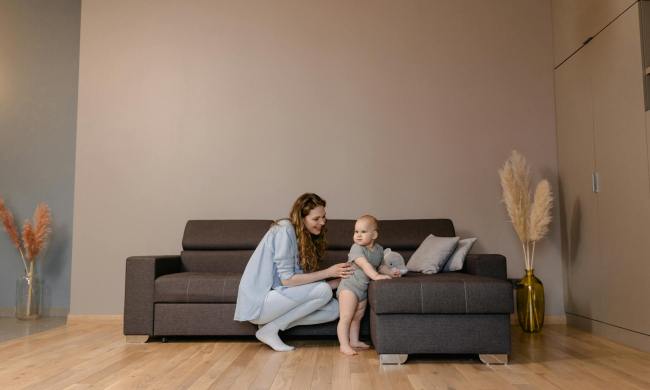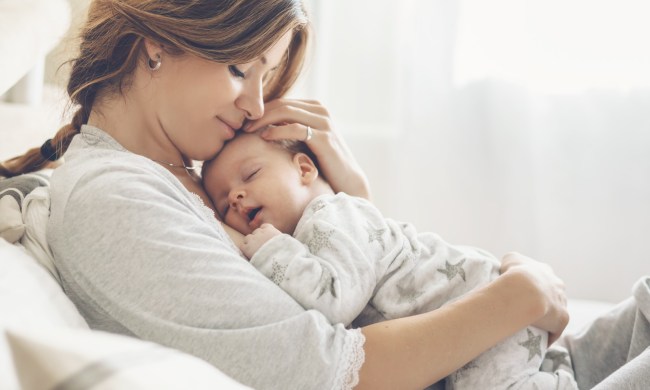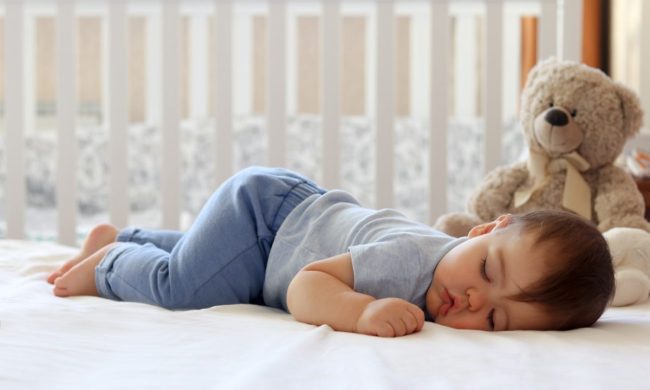When you don’t have a baby in the home, you don’t know about all the unique things that you only learn about when you have an infant. Part of the awe of having a baby is how incredibly flexible they are. We’ve all taken a little foot and held it up to a baby’s ear like a telephone, a little jealous by the fact they can move so easily (and without pain). The secret is all in the knees, and while it might be a cool party trick, there’s a reason your baby can do this.
Do babies have kneecaps? How are their little legs so bendy? Here’s what you need to know about your baby’s adorable knees.
Do babies have kneecaps?
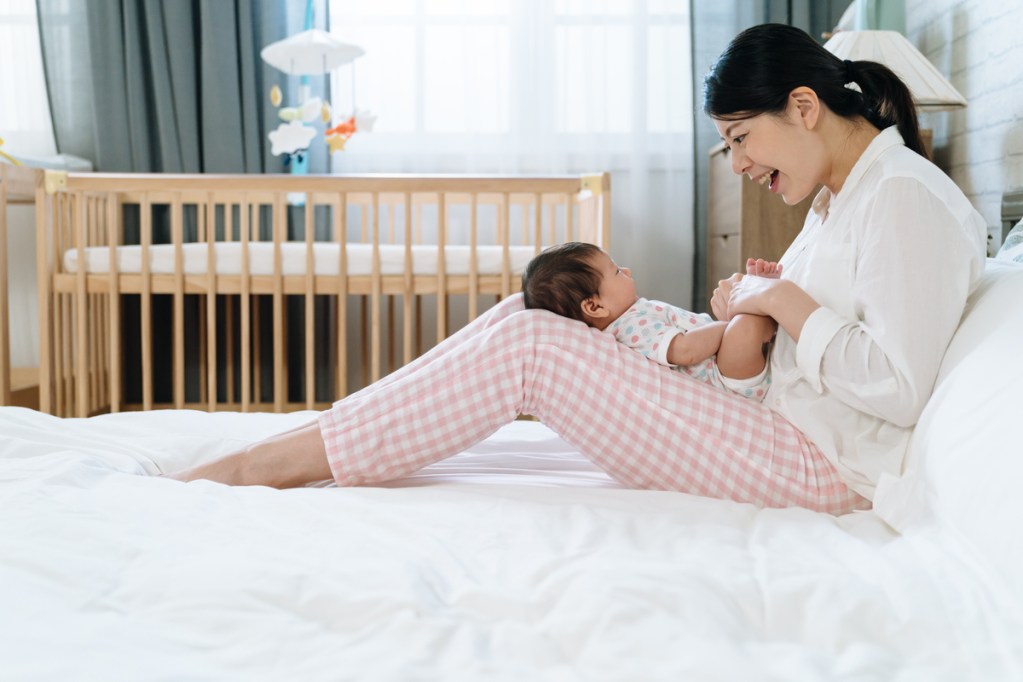
Come along on this ride with us. Yes, babies do have kneecaps when they are born, but no, they aren’t the kind of kneecaps you have as an adult. Babies are weird and wild, and their bodies aren’t the same as a grown-up.
At birth, it seems like babes have absolutely no bones, but they do. When it comes to a baby, their kneecaps are made of a slightly different substance. Over time, it becomes the hard bone in there that doctors love to hit their little tool against to make you try to kick them when doing a reflex test.
What is a baby’s kneecap made of?
Feel your earlobe. That is cartilage. That’s also what supports your joints. Anywhere you have two joints or bones meeting, your cartilage keeps things functioning properly. When you fall down, your knee or elbow hurts for what feels like seven years after. That’s because the cartilage becomes damaged. You also lose it as you age through general wear and tear. It could take cartilage up to 12 weeks to heal properly, so it needs to be protected.
When baby knees become knee knees
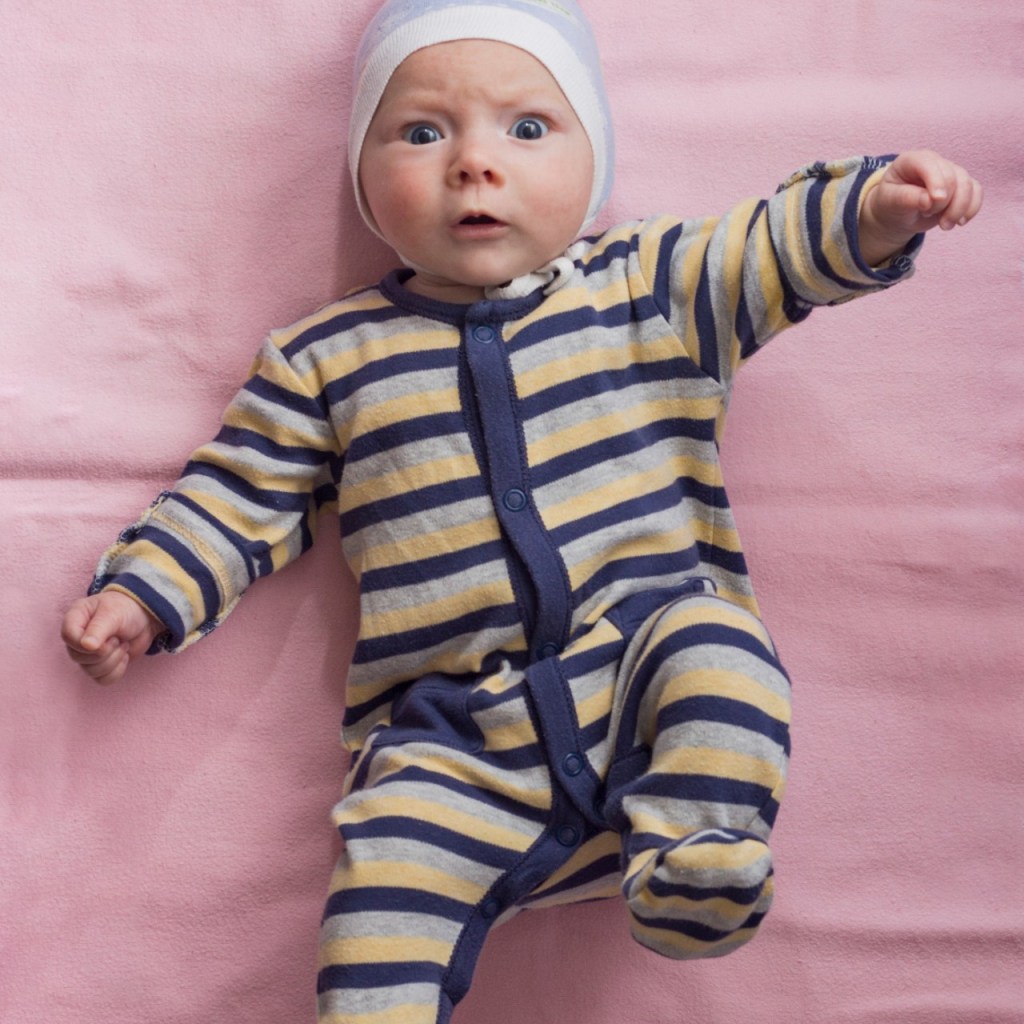
Baby kneecaps are more cartilage than bone. A baby’s kneecaps are technically called cartilage patellae, which means cartilage kneecaps. They took a pretty direct approach to that name. It takes years for the center of the cartilage to start to turn into bone — a process called ossifying — and get to the end result of a normal knee.
Cartilage starts transforming as a toddler
A child’s knee doesn’t start the process of turning into bone until they are about 2 years old. This makes sense, as those soft little knees are put through the ringer in the first two years. From crawling on every hard surface there is to learning how to walk (and falling down a lot) to getting the hang of running, being a baby, and then a toddler, is rough on the knees.
By 2 years old, the center of the cartilage starts to turn into that hard bone. A child could be up to 6 years old before the process turns the cartilage into a hard enough structure to be called a knee.
The knee keeps developing for years
The cartilage needs years and years to mature into the type of knee that helps get you off the couch. It could take up through their teen years and even into their early 20s before everything is done changing. The body is an amazing thing and works on its own schedule.
Think of how babies are born with 270 to 300 bones, but over time, some of them fuse together, and they end up with around 206 bones to take them into adulthood.
A baby has more cartilage than adults have
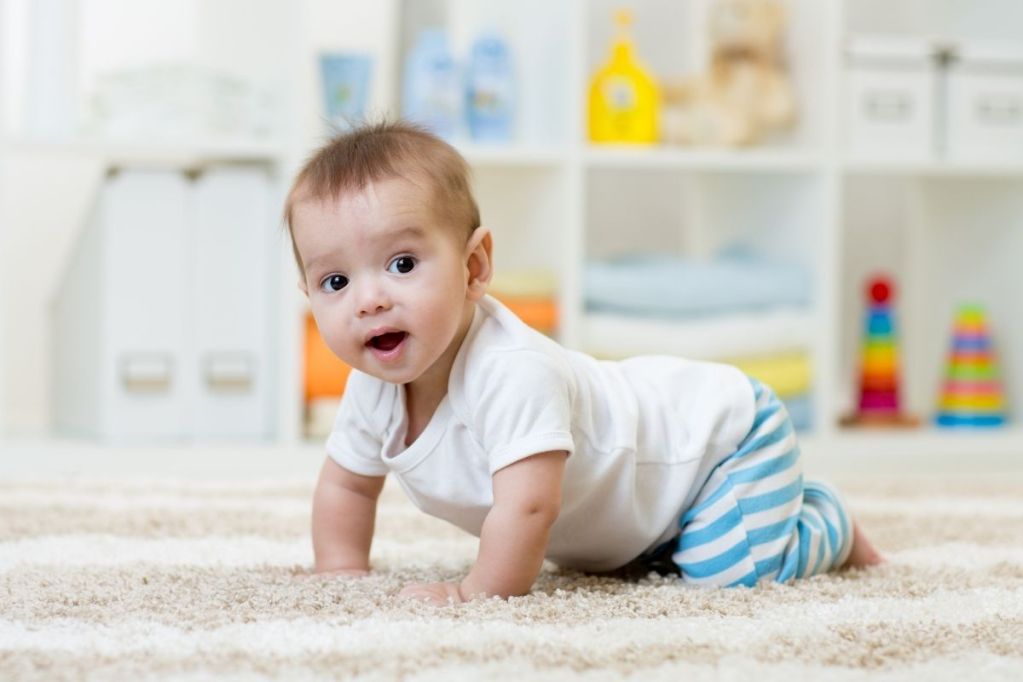
If you have ever given birth and had a shoulder get stuck, you could appreciate a baby having more cartilage in their body. Babies having softer, more flexible parts makes it easier for the mother to give birth.
Adults still have cartilage, and it’s still pretty important. While most adults aren’t crawling around on the hard floor, when the cartilage starts to thin out, you hear and feel grinding or a clicking sensation. You may feel a limb locking up or giving way to where you fall, indicating a weakening of your cartilage.
When to worry if a child has knee problems
A lot of kiddos experience knee pain, but it isn’t always a sign something is wrong. Kids are always jumping off things or trying to jump on things, and falling down is a common, reoccurring theme for a child. If your kid shows a few symptoms together, you should make an appointment with the pediatrician.
- Swelling
- Stiffness
- Pain
If your child has knee pain with the addition of swelling around the area or sudden stiffness, take them to the doctor. If, for any reason, your child can’t move their knees, take them to the doctor to rule out certain serious conditions.
So, do babies have kneecaps? Yes, they do. They aren’t the same kneecaps they will end up with as adults, and they aren’t the same kneecaps an older child has, but they are in there. They are just made of bendier cartilage, so all those baby activities they do that make you wonder how they can keep going and keep getting back up can be made possible. Grab those feet and keep playing with those little legs and laughing about how funny it is that babies are so flexible. In a few years, your child won’t be able to reach their foot to their ear thanks to those gooey knees, so enjoy the cuteness now.


